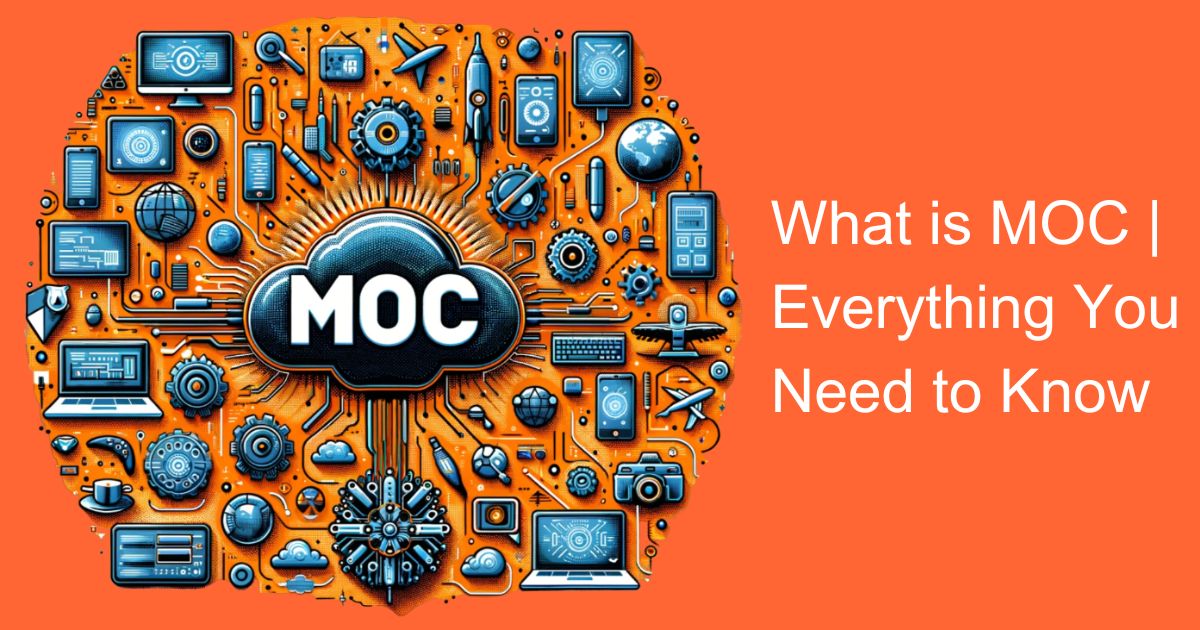Introduction
In the dynamic world of business, change is the only constant. To stay competitive and thrive, organizations must adapt, innovate, and evolve. However, the process of implementing change is not as straightforward as it may seem. It requires careful planning, systematic execution, and diligent monitoring to ensure a smooth transition without disrupting the day-to-day operations. This is where Management of Change (MOC) comes into play. In this comprehensive guide, we will explore what is MOC, why it is crucial, and how it is relevant in an Indian context.
Understanding Management of Change (MOC)
Management of Change, often abbreviated as MOC, is a structured process that organizations use to manage and control changes effectively and efficiently. These changes can encompass a wide range of aspects, including technology upgrades, process modifications, organizational restructuring, safety improvements, and more. MOC is not just about making changes; it is about managing the impact of those changes on the people, processes, and systems within an organization.
Key Components of MOC
Identification of Change:
The first step in MOC is identifying the need for change. This could be prompted by external factors like market shifts or internal factors like process inefficiencies or safety concerns.
Planning and Assessment:
Once a change is identified, it is essential to plan and assess the potential impact. This involves evaluating the scope, risks, resources, and objectives associated with the proposed change.
Approval and Authorization:
After thorough assessment, the change proposal requires approval from relevant stakeholders and authorization from senior management. This step ensures that the change aligns with the organization’s strategic goals.
Implementation:
With approvals in place, the change is executed as per the plan. This stage involves coordination, communication, and careful execution to minimize disruption.
Monitoring and Control:
Throughout the implementation process, ongoing monitoring and control measures are in place to track progress, address any issues, and make necessary adjustments.
Documentation and Reporting:
Proper documentation of the entire MOC process, including the rationale, approvals, and outcomes, is crucial for accountability and compliance.
Importance of MOC in the Indian Context
In the Indian business landscape, where diversity, complexity, and regulatory requirements are significant, MOC plays a pivotal role in ensuring smooth operations and compliance. Here are some specific areas where MOC is particularly relevant in the Indian context:
Regulatory Compliance:
India has a complex regulatory environment across various industries, including pharmaceuticals, manufacturing, and finance. MOC helps organizations navigate these regulations effectively and ensure compliance with changing laws.
Safety Standards:
Safety is a paramount concern, especially in industries like chemicals, construction, and healthcare. MOC ensures that safety protocols are continuously updated and adhered to, reducing the risk of accidents and incidents.
Technology Upgrades:
With the rapid advancement of technology, organizations in India must frequently upgrade their IT systems and processes. MOC ensures that these transitions are seamless and do not disrupt business operations.
Cultural Sensitivity:
India is a diverse nation with multiple languages, cultures, and traditions. MOC recognizes the importance of understanding and respecting these cultural differences when implementing changes that affect the workforce.
Environmental Sustainability:
As environmental concerns grow, MOC helps Indian organizations adopt eco-friendly practices and adapt to changing environmental regulations.
Benefits of Effective MOC
Implementing MOC can yield numerous benefits for organizations in India:
Risk Reduction:
By systematically assessing and controlling change, MOC reduces the risk of errors, accidents, and non-compliance.
Cost Savings:
Properly managed changes are more likely to stay within budget and avoid unexpected expenses.
Enhanced Productivity:
MOC ensures that changes do not disrupt regular operations, leading to uninterrupted productivity.
Improved Employee Morale:
When employees understand the rationale behind changes and their potential benefits, they are more likely to embrace them, leading to higher morale and job satisfaction.
Sustainability:
MOC facilitates the adoption of sustainable practices, contributing to long-term business viability.
Conclusion
In the ever-evolving business landscape of India, effective Management of Change (MOC) is not just a good practice; it is a necessity. Organizations that embrace MOC as a fundamental part of their operations are better positioned to thrive in the face of constant change while maintaining compliance, safety, and productivity. By understanding the components and importance of MOC, businesses can navigate the complexities of change successfully and secure their future in the competitive Indian market.








